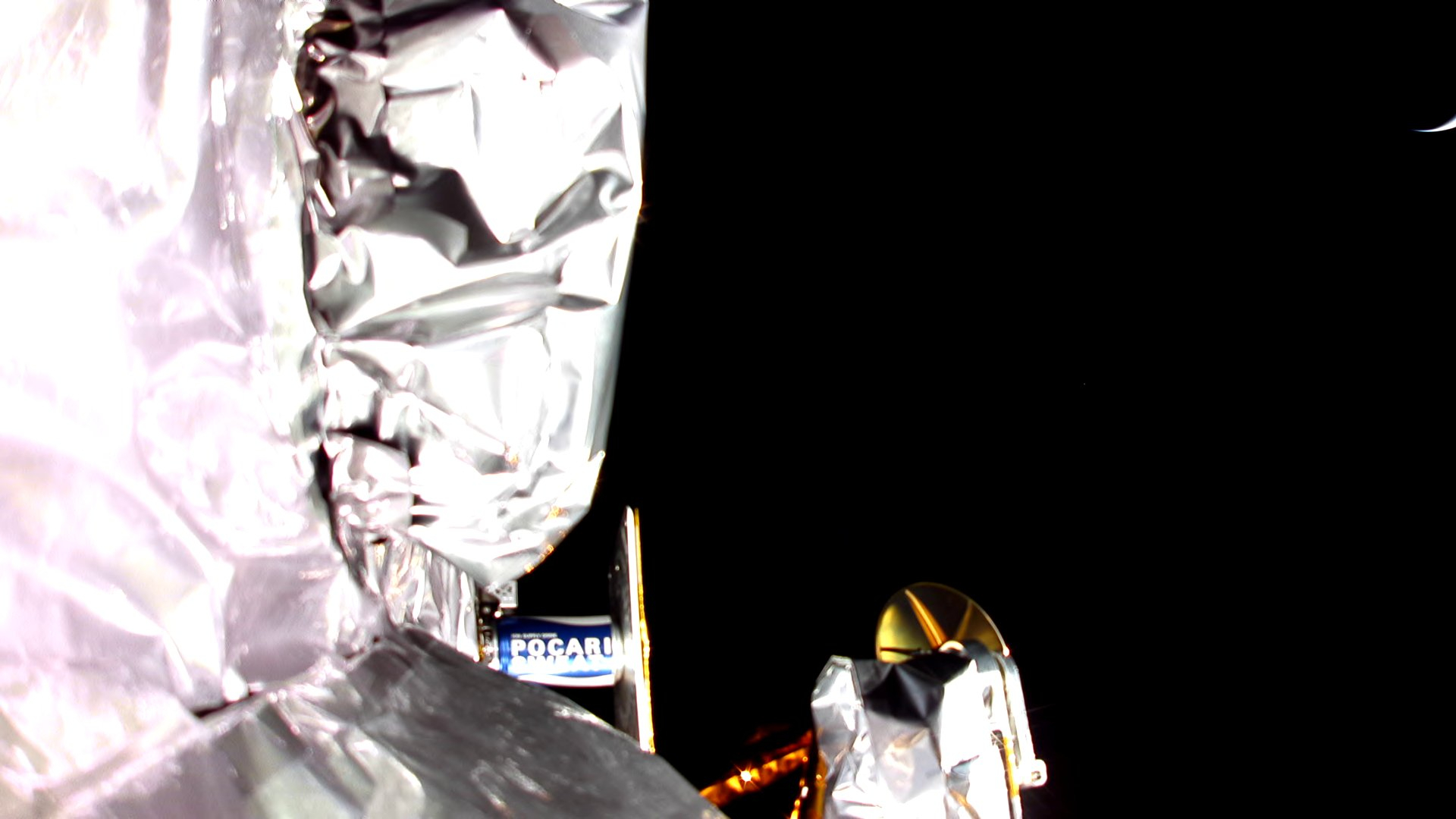
Astrobotic's Peregrine moon lander continues to push its inevitable demise further into the future.
Peregrine suffered a serious propellant leak, apparently caused by a ruptured oxidizer tank, shortly after separating from its Vulcan Centaur rocket on Jan. 8. The anomaly will prevent the probe from making a historic lunar landing attempt next month, but mission team members aren't throwing in the towel.
Indeed, they've managed to power up the 10 Peregrine payloads that require juice, and all nine designed to communicate with the lander have done so. (Peregrine carries a total of 20 payloads, but 10 of them are passive.)
And they continue working to extend Peregrine's operational life, an effort that has met with considerable success. Shortly after the leak occurred, for example, Astrobotic estimated that Peregrine had about 40 hours' worth of propellant left.
That deadline has long since passed. And, in the company's latest mission update, issued on X today (Jan. 12), Astrobotic said the lander has enough fuel to operate for another 52 hours or so — "and there is growing optimism that Peregrine could survive much longer than the current estimate."
Related: Private Peregrine moon lander failure won't stop NASA's ambitious commercial lunar program
As those numbers indicate, the leak rate has slowed more than the team had anticipated.
"A slowing leak rate is expected as the pressure drops, but there may be some change in the size of the propulsion system's rupture as the pressure decreases or some other factor making it difficult to predict," Astrobotic wrote in an update on Thursday afternoon (Jan. 11).
That note also stated that Peregrine is 225,000 miles (362,000 kilometers) from Earth, or about 94% of the distance from our planet to the moon.
Five of Peregrine's payloads belong to NASA, which put the instruments aboard via the agency's Commercial Lunar Payloads Services (CLPS) program.
CLPS aims to gather a wealth of lunar science data by leveraging the emerging capabilities of American private moon landers. The agency hopes that this data will help pave the way for its crewed return to the moon, via the Artemis program, a few years from now.
Peregrine was the first CLPS-affiliated lander to get off the ground, but another will do so in short order. The Nova-C lander, built by Houston company Intuitive Machines, is scheduled to launch atop a SpaceX Falcon 9 rocket next month.







